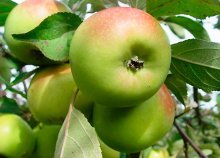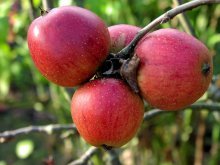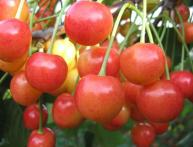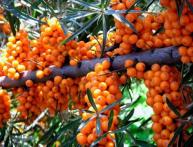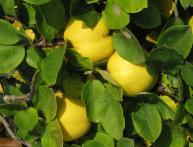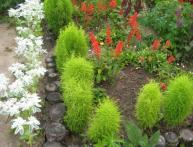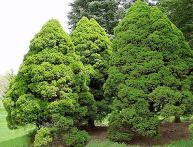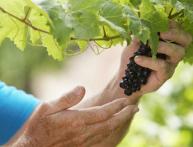The most resistant varieties of apple trees for Siberia
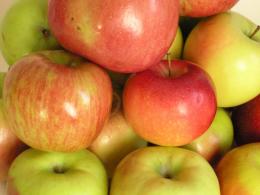
The apple tree is a universal crop that is grown in almost any climatic conditions. The climatic conditions of northern Russia are no exception. Although this culture is not demanding, not everyone can develop successfully, much less bear fruit in Siberian conditions. varieties.
Content:
Features of apple trees for Siberia
So, what qualities should apple trees have to grow in the difficult climatic conditions of Siberia? The most important requirement is a sufficiently high level of winter hardiness. All varieties bred to date can be divided into high, medium and low winter hardiness.
Apple trees belonging to the first group tolerate 40-50°C without any problems, and they are the ones that are suitable for Siberia. The ripening period, in the conditions of a short summer, which is typical for Siberia, only early and mid-ripening varieties can produce a full harvest. When choosing apple trees for Siberia, the height of the trees also plays a significant role.
Tall varieties are more often damaged by frost and strong winds. High adaptive properties of the variety. They feel best in the unstable climate of Siberia apple trees, which have the ability to quickly adapt to different weather conditions.
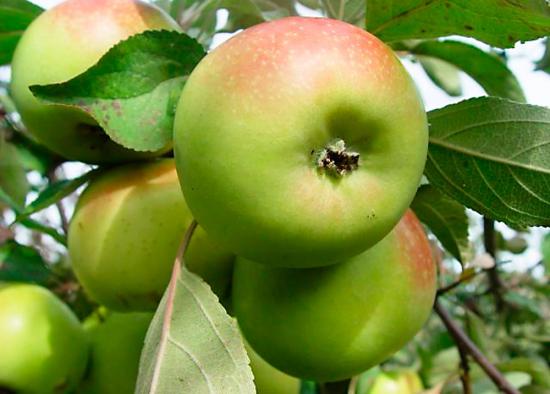
Also in the selection process, preference should be given to zoned varieties. New varieties of apple trees released for Siberia are listed below:
- Siberian souvenir
- Bayana
- Altai crimson
- Dark-skinned girl
- Gornoaltaiskoe
Of the old varieties, the following are most widespread:
- White filling
- Grushovka
- Bessemyanka Michurinskaya
- Melba
- Padding
- Borovinka
All of the above apple trees included in the State Register of Varieties of the Russian Federation. They can be successfully grown in Siberia.
White filling and Smuglyanochka
White filling is a very famous and widespread and old variety. The height of the White Filling trees is from 4 to 5 meters. At a young age, they are characterized by a wide pyramidal crown, which later in the aging process acquires a rounded shape and a light gray bark.
The bulk of the fruits of this variety are concentrated on the ringlets. The leaves of the white filling are elliptical in shape and medium in size. The pubescence on their underside is denser than on the top. A distinctive feature of this variety are large white or slightly pink flowers.
The fruits have a round-conical shape and a greenish-white color. Sometimes there is a slight pink color on one of the barrels.
One of the characteristics of the variety can also be noted that the fruits become significantly smaller as the apple tree matures. Fruits taken from a young tree weigh on average from 120 to 150 g, and from an old tree no more than 80 g. The apple pulp has a delicate consistency, white color and coarse-grained structure. The taste is sweet with a slight sourness. When overripe, the taste of apples deteriorates sharply, they become like crumbly potatoes.
Dark-skinned girl
Smuglyanochka is a relatively new apple tree variety of Altai selection, which was included in the State Register of Varieties in 2005. It is distinguished by its pleased early ripening of fruits. Their collection can begin in the first half of August.The fruits of Smuglyanochka are very attractive in appearance with an evenly spaced dark red blush on top of which there is a waxy coating.
Their average weight is about 30 g. The taste of apples is moderately sweet, generally very good, and the flesh is tender. Trees of this variety are of medium height. They are characterized by a dense, rounded crown. Winter hardiness is high.
Gornoaltaiskoe and Bayana
Gornoaltaiskoe is a late-summer ripening variety. The fruits are quite small. Their weight is no more than 50 grams. In appearance, these are medium-sized round apples with ribbing characteristic of this particular variety. The main color of these apples yellow. But it is so densely covered with a bright red blush that you can only see it near the stalk.
Video about columnar apple trees in Siberia:
The skin is smooth; in some cases, traces of rust may be present at the base of the stalk. The taste of apples is closer to sweet, but there is also a slight sourness. The pulp is characterized by a cream color and fine grain. Trees of this variety are of medium height, which allows them to withstand sudden temperature fluctuations and cold Siberian winds relatively easily. The crown is dense and round in shape with a significant number of skeletal branches.
Gornoaltaiskoye is one of the most winter-hardy varieties. Among its advantages, one can also note its resistance to such a common apple tree disease as scab. For this reason, the variety is very often involved in breeding. Fruiting begins at 4 years of age. The fruits have a universal purpose.
They can be consumed fresh or used for making purees and juices.Among the disadvantages of the variety, one can note the small size of the fruits, which, however, is more than compensated for by their quantity. And also their short shelf life, which is no more than 20 days.
Bayana
Bayana is one of the most common large-fruited Siberian varieties. The fruit ripening period occurs at the beginning of September. Trees of this variety are of medium height with a broom-shaped crown. Its diameter is about 3.5 meters. This one has high frost resistance. The average fruit weight ranges from 85 to 140 g.
Apples have a regular round shape without pronounced ribbing. The fruits have a solid purple blush on a golden-yellow background. In the phase of full biological maturity, apples acquire a slightly purple tint. The skin is dense and smooth to the touch.
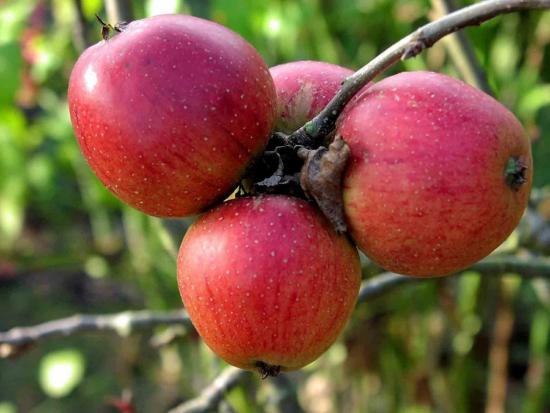
The pulp has a coarse-grained structure and cream color. Precociousness is another advantage of Bayana. The first harvest of apples is possible already in the 3rd year of cultivation. This variety does not lag behind in terms of productivity. From one hectare you can collect up to 140 centners of fruit. They can be stored for no more than 4 months.
Growing apple trees in Siberian conditions is quite possible. The most important thing is to choose the right variety that will have a sufficiently high winter hardiness. Also, do not forget about all the necessary agrotechnical measures and proper care.

